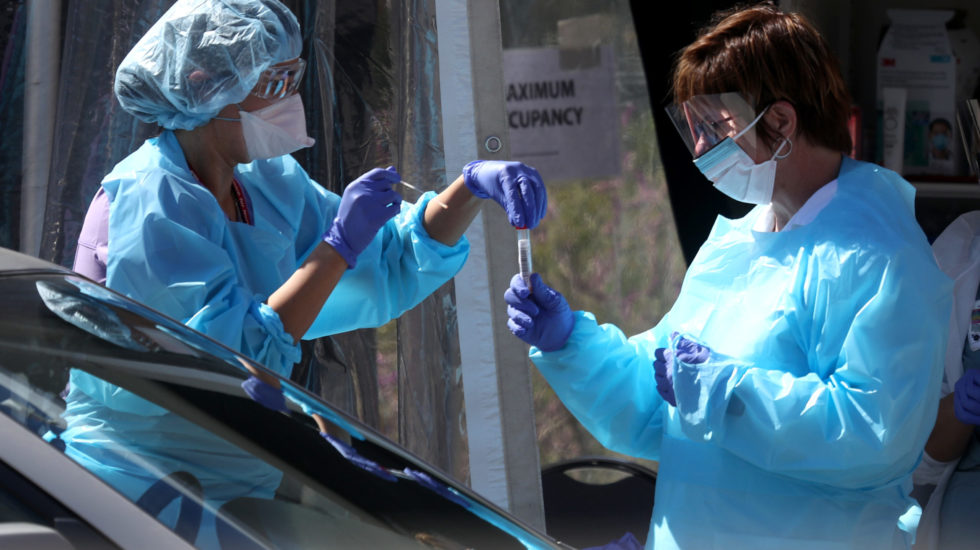As bad as the Covid-19 coronavirus pandemic in the U.S. looks, it’s actually much worse, thanks to a “complete absence of federal leadership” on testing for the disease.
That’s according to an acknowledged expert on pandemics, Marc Lipsitch, professor of epidemiology at Harvard University, writing in Monday’s Washington Post:
“The feckless federal response created such delays in testing that most cases here are not being confirmed, even now. We don’t know even approximately how many people are infected, but it’s certainly more than the current count….”
The latest report from the CDC, released Monday, shows 33,404 cases of Covid-19 in the U.S., with at least 400 deaths in the 50 states, D.C. and other U.S. jurisdictions.
But later in the day, the Post said that for the first time more than 100 Covid-19 deaths had been reported, “pushing the country’s total death toll past 500 and marking the first time single-day fatalities have risen into the triple-digits” in the U.S.
Lipsitch, who is director of Harvard’s Center for Communicable Disease Dynamics, says that many states and cities “are reporting relatively small numbers of confirmed cases [but] this is not comforting.”
“In many parts of the country, we are seeing rising numbers of flu-like illnesses that when tested, are not flu, and may well actually be Covid-19 if only we could test them.”
He points to West Virginia as an example of worrisome under-testing, noting that the state has performed “fewer than 400 tests and already found 12 cases. Such places have truly no way of knowing what they are facing.”
It’s clear in the numbers, Lipssitch writes: “If we only know about 1 in 10 cases, then even perfectly effective interventions on known cases can block only 10 percent of transmission. More likely in the United States, we know about an even lower proportion.”
So what does he advise?
Intense social distancing will help, for now, but the true crux of the problem remains the lack of testing.
“We must vastly expand our testing capacity. No country has controlled transmission effectively without massive testing capacity. The United States currently has a sliver of the capacity we need, which is a tiny fraction of that available in other countries. South Korea has performed over 320,000 tests — almost one for every 150 people. That is 30 times the testing per capita that we have done in the United States.”
“We don’t have enough protective equipment for testers, nor swabs for sampling or reagents to extract genetic material from the virus,” Lipsitch writes. “We don’t have enough physical test kits, or enough human power to run large-scale testing. The result is that we have no idea how many people are infected with the coronavirus or how fast the virus is spreading.”
